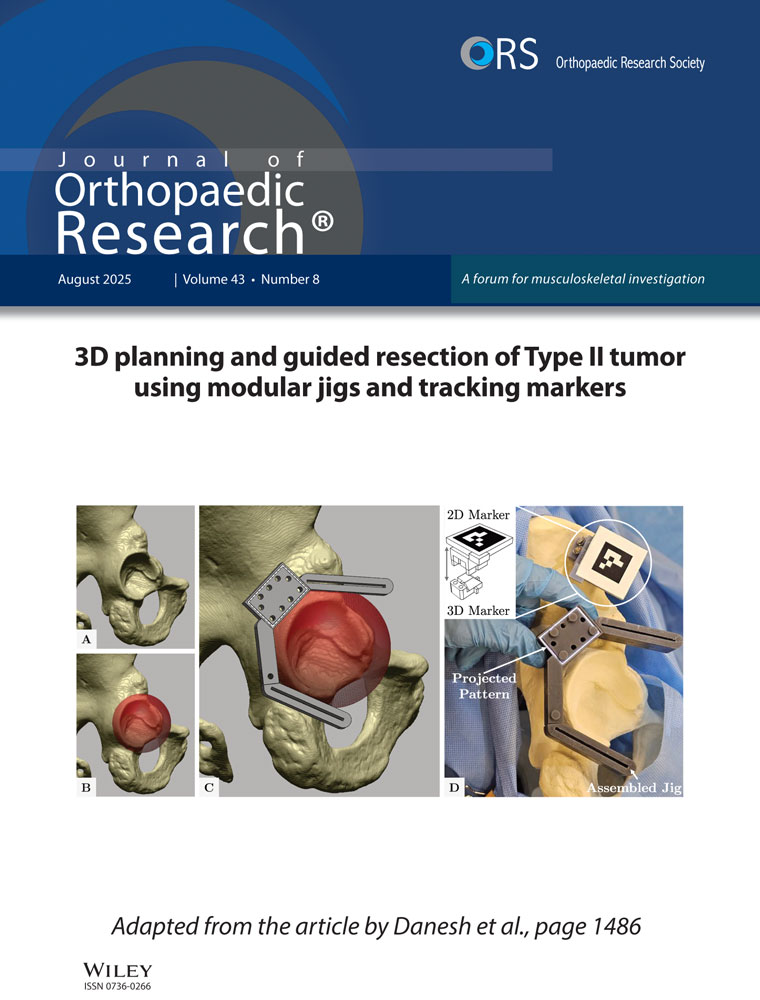Calcium incorporation in cultured chondroblasts perturbed by an electromagnetic field
Abstract
We tested the hypothesis that electric perturbation influences 45Ca incorporation in extracellular matrix (ECM) of cartilage in vitro. Hypertrophic chondroblasts of tibial epiphyses (HC), sternum (SC), and skin fibroblasts (F) were cultured from chick embryos. HC, SC, and F cells were micromass seeded three times per week and maintained at 37.5°C with 5% CO2 for two weeks. Cultures were randomly designated control (C) or exposed (E) to a pulsed electromagnetic field (PEMF). A time course experiment of calcium incorporation for all cultured groups showed that 24 h of exposure produced the largest biological response in chondroblasts. Calcium incorporation required supplemental phosphate. Autoradiography data indicated that the calcium incorporation into macromolecules largely occurred in the ECM. 45Ca steady-state perturbation was enhanced by Streptomyces hyaluronidase (SH) but not by testicular hyaluronidase (TH). 45Ca incorporation experiments tested the effects of phosphate, SH, TH, and PEMF alone and in various combinations on these cultures. Only PEMF or SH plus PEMF with phosphate enhanced 45Ca incorporation. Other experiments examined the effect of rotenone or freeze-thawing on cells exposed to PEMF. PEMF plus freeze-thaw enhanced calcium incorporation in HC only. PEMF appeared to cause disruption of the ECM, enhancing the probability of matrix calcification.




